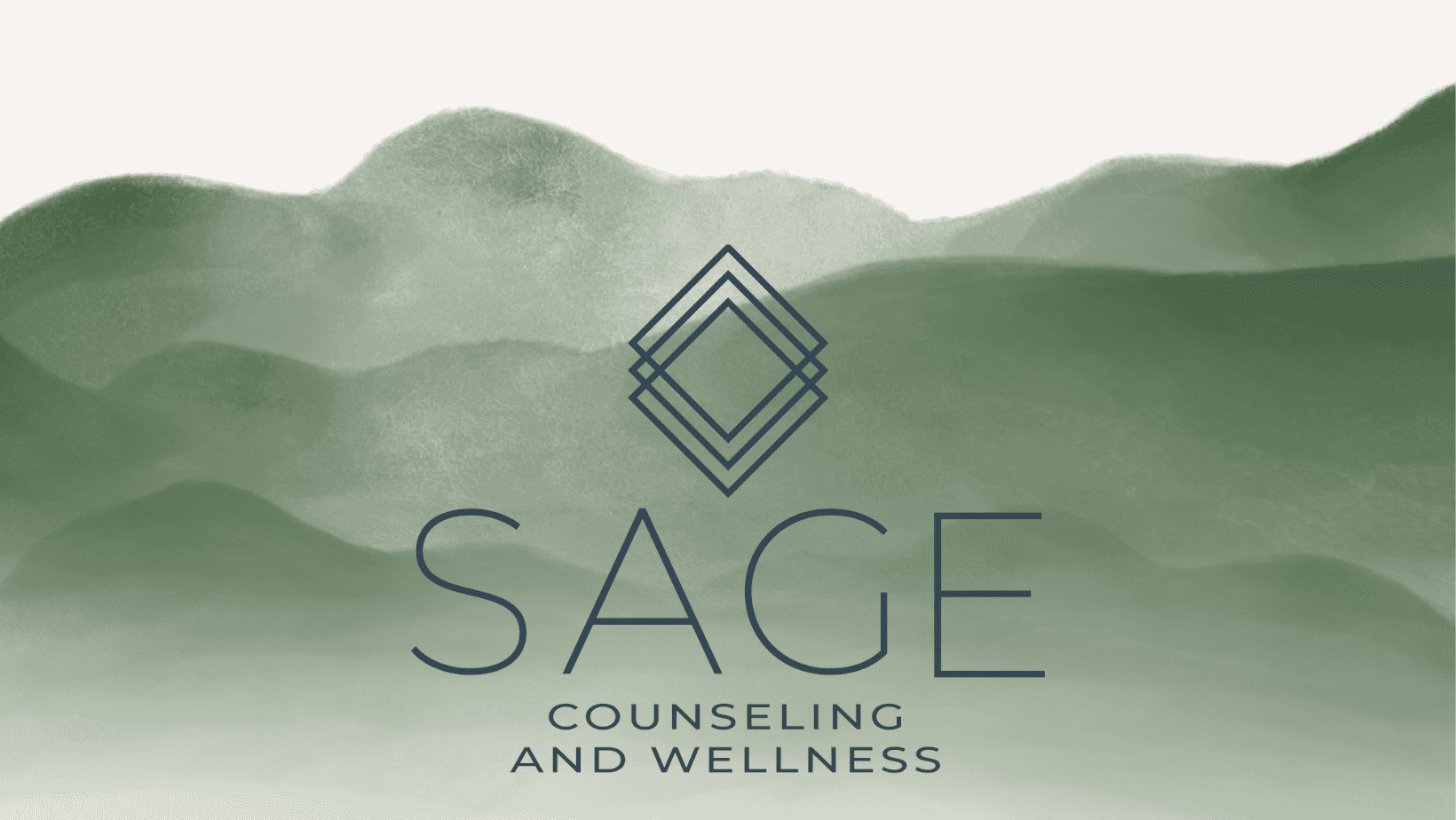
Does Screen Time Impact Mental Health? How to Manage Digital Stress
This post may contain affiliate links, which means we may receive a commission, at no extra cost to you, if you make a purchase through a link. Please see our full disclosure https://sagecounselingtherapyandwellness.com/disclosure-privacy-policy-terms-of-use/ for further information.
In the digital age, where screens have been seamlessly woven into our daily lives and almost everything we do, the impact of prolonged screen time on mental health has become a concern. From the glow of laptops to the constant buzz of smartphones, our lives are increasingly intertwined with digital devices. As we transit into this technological landscape, exploring the relationship between our screen habits and mental well-being becomes imperative. In this blog, we will look at the detailed dynamics of digital stress, sharing effective strategies to manage its potential impact on our mental health.
Set Boundaries
Establish clear boundaries for screen time, both for work and leisure. Create designated periods for device use and consciously unplug during non-essential times, such as during meals or before bedtime. There are various examples of how to set some boundaries, such as using the “do not disturb” feature while studying or doing essential tasks. This will help your brain stay focused and undistracted as your phone or device will not be glowing or popping up notifications since it will be on “do not disturb.” This is an impactful way to start setting boundaries to limit screen time when doing important things or participating in functions in our daily lives. You can also accomplish your most important tasks before allowing yourself to scan social media or other time wasters, so at least your tasks are completed at the start instead of your phone being the reason you do not complete your required tasks or assignments.
Designating a time to check items such as emails also helps limit how much screen time is used, known as time blocking. Knowing that your email will only be checked once or twice a day can help limit how much you stay on your phone and give you less of an excuse to go on your phone and then start going into other applications or doing other things on your device. Another helpful tip to set boundaries is to avoid eating while browsing the internet. Keep certain aspects of your life personal and try not to let phones get in the way during those times, such as dinner time or spending time with friends. Eating while on a device can prologue how long we should actually be on that device and is also not a great habit to implement in life. In order to set boundaries, first recognize what needs to change.
One of the most important boundaries is putting electronics away at bedtime and while sleeping. This can make such a significant change in your routine and mental health. Instead of scrolling on social media before bed, pick up a book you want to read, journal, or practice calming hobbies such as crochet and drawing. Stepping away from the device before bed can help you have a better night’s rest and set that boundary of leaving bedtime to winding down. Make small changes, gradually develop better habits, and increase awareness.
Physical Exercise
Engage in regular physical exercise to counterbalance the stagnant nature of screen time. Exercise has proven benefits for both physical and mental health, helping to reduce stress and improve overall well-being. Replacing just 30 minutes of social media use daily with physical activity can enhance emotional well-being and reduce stress, German researchers say from Medical News Today. Dr. Sheldon Zablow, an author and nutritional psychiatrist, added that “exercise increases the production of neurotransmitters, the brain’s “natural antidepressants and antianxiety molecules.” Consequently, more exercise can build mental health, while less activity due to social media overuse can curtail healthy brain chemistry.
Screen time often involves prolonged periods of sitting or sedentary activities, contributing to decreased energy expenditure. Engaging in physical exercise increases energy expenditure, helping to offset the negative impact of extended periods of inactivity. According to Carl J. Lavie, MD, from the John Ochsner Heart and Vascular Institute, sedentary behavior is linked to an increased risk of cardiovascular issues. Physical exercise, especially aerobic activities like running, cycling, or swimming, enhances cardiovascular health by improving blood circulation, lowering blood pressure, and reducing the risk of heart-related problems. Also, sedentary screen time can contribute to social isolation. Engaging in physical activities, whether through team sports, group classes, or outdoor pursuits, provides opportunities for social interaction. Building connections with others through exercise such as yoga contributes to a sense of community and support, which is a benefit.
Social Connection
Prioritize face-to-face interactions. Building and maintaining meaningful relationships offline can provide a sense of connection and support that may be lacking in the digital realm, helping you distance yourself from spending as much time on the screens. Face-to-face interactions allow for a more deep exchange of emotions. Non-verbal cues, facial expressions, body language, and tone of voice contribute to a richer understanding of one another. These subtle elements often get lost in digital communication, where text and emojis can only convey so much. Face-to-face interactions play a crucial role in building trust and rapport. Sharing physical space with others creates a sense of authenticity that can be challenging to achieve through digital means.
With digital communication, it lacks the immediate feedback and contextual cues present in face-to-face interactions. This can lead to misunderstandings and misinterpretations. In-person communication allows for real-time clarification and a more accurate understanding of each other’s perspectives, reducing the likelihood of conflicts. Also, being physically present with someone enables a higher degree of empathy. Sharing physical space, offering comforting gestures, and responding empathetically to non-verbal cues fosters a deeper emotional connection. This emotional resonance is often more profound than what can be achieved through digital channels. Balancing digital and in-person interactions allows individuals to get the benefits of technology while creating connections that can only be achieved through direct, physical engagement with others.
Mindful Consumption
Practice mindful consumption of digital content. Be selective about the information you expose yourself to and consider the potential impact on your mental well-being. Mindful consumption begins with self-awareness. Pay attention to your emotional responses when engaging with digital content. Notice how certain information or social media posts make you feel. Being aware of your emotional reactions allows you to assess the impact of digital content on your mental state. Try tailoring your online experience by curating your digital environment. Unfollow or mute accounts that consistently contribute to stress, negativity, or feelings of inadequacy. This process extends to the types of websites, forums, and social media groups you choose to participate in. Practice mindful scrolling by actively engaging with content rather than mindlessly scrolling through endless feeds. Pause to reflect on the information you encounter, ask yourself how it aligns with your values, and consider whether it contributes positively to your well-being.
Digital Organization
Digital organization is a proactive and intentional approach to managing the vast amount of digital information we encounter daily. A cluttered digital environment can contribute to stress and a sense of overwhelm. Individuals can create a more efficient and stress-free digital space by streamlining and organizing files, emails, and apps. Digital organization is closely tied to productivity. A well-organized digital space enables individuals to navigate their files and applications more efficiently, increasing productivity and reducing stress associated with time-consuming searches or disorganization. This can be a significant help when limiting your time on your device, reducing stress, and mentally having an organized device.
Some tips to efficiently do this are reviewing and decluttering your apps regularly. Delete unused or redundant apps, organize them into folders based on function or category, and prioritize the placement of essential apps for quick access. Cultivate mindful digital habits to prevent future clutter. Be intentional about what you download, save, or subscribe to, unsubscribe from newsletters or notifications that no longer serve you, and avoid accumulating digital clutter in the first place.
As we navigate the complexities of the digital landscape, the awareness of the impact of screen time on mental health and the implementation of these strategies can make a more balanced, intentional, and fulfilling relationship with technology. By setting boundaries, engaging in physical activity, prioritizing face-to-face interactions, practicing mindful consumption, and maintaining digital organization, we can empower ourselves to navigate the digital age with mindfulness and keep our mental health at bay.
To discuss how therapy could help you during this season of your life, please contact me or schedule your free 15 minute consultation.
Resources:
B, R. (n.d.). Creating Digital Boundaries: Having a Strategy for Managing Technology. Creating Digital Boundaries: Having a strategy for managing technology. https://www.weber.edu/academicpeercoaching/blog/digital-boundaries.html
Lavie, C. J., Ozemek, C., Carbone, S., Katzmarzyk, P. T., & Blair, S. N. (2019, February 28). Sedentary behavior, exercise, and Cardiovascular Health. AHA Journals. https://www.ahajournals.org/doi/10.1161/CIRCRESAHA.118.312669
MedicalNewsToday. (n.d.-a). Mental health benefits of replacing social media with exercise. Medical News Today. https://www.medicalnewstoday.com/articles/swapping-30-minutes-of-social-media-use-per-day-with-exercise-benefits-mental-health#Effects-of-social-media-use-on-mental-health
Want to read more? Here are a few of my related blog posts you may be interested in checking out!




0 Comments